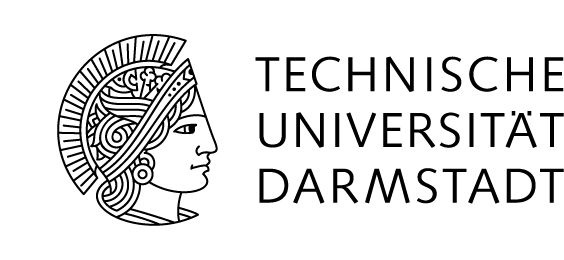Integrated microstructures for label-free monitoring of membrane protein conformations by plasmon-enhanced THz spectroscopy
Phase 1 and 2

This project is dedicated towards developing a semiconductor based plasmonic sensor platform in the frequency range of sub THz to Far Infrared range, for detection of protein conformations. By an interdisciplinary approach between membrane biology, computational physics and Si engineering, the project targets to set up a high performance, cost-effective THz in vitro membrane protein sensor platform based on Si CMOS compatible, resonant THz near field electronics.
Project Leaders:
Prof. Dr. Thomas Schroeder – IHP Microelectronics, Department of Material Research
Prof. Dr. Bernd Witzigmann – University of Kassel, CEP group
Prof. Dr. Jacob Piehler – University of Osnabrück, Division of Biophysics
Research Group:
Dr. Ing. Subhajit Guha – IHP Microelectronics
MSc. Marcin Kazmierczak – IHP Microelectronics
MSc. Maximilan Bettenhausen – University of Kassel
MSc. Julia Flesch – University of Osnabrück
Dr. Changjang You – University of Osnabrück
Abstract
Plasmon resonance based biosensors are considered as one of the most sensitive bio detection methods, in which the sensitivity is of the order of a single biomolecule due to extremely high enhancement of the electromagnetic field. Although established metal plasmonic biosensors are extremely sensitive, they suffer from integration issues due to non-compatibility to standard semiconductor fabrication technology (CMOS technology). Additionally, metal plasmonic sensors operate in the Near IR to visible spectral range, therefore, essentially leaving a gap in the Terahertz (THz) spectral regime which is interesting for biological applications like detection of conformational changes in proteins. On the other hand, doped semiconductor materials show plasmonic behaviour in the THz spectral regime and can be integrated on standard semiconductor foundry processes. This project aims at developing doped semiconductor structures, for e.g. micro/nano pillars, bow tie resonators for detection of the conformational changes in the protein. The project also aims at the selective immobilization of proteins on the semiconductor surfaces.
Publications
[1] S. Guha et al., “Plasmonic Germanium resonators for CMOS compatible Terahertz chem-bio sensing platform”, IEEE group 4 Photonics Conference, Berlin, 2017 (accepted)
[2] S. Guha et al., “CMOS compatible THz biosensing platform based on Germanium plasmoni antennas”, European Biosensor Symposium, Potsdam, Germany, March 2017
[3] M. Kazmierczak et al., “Self-assembly of Alphalipoic acid monolayers on germanium surfaces for THz biosensing applications”, European Biosensor Symposium, Potsdam, Germany, March 2017
[4] M. Bettenhausen et al, “Simulation of semiconductor terhertz plasmonic antennas”, EMRS fall meeting, Warsaw, September 2016
[5] B. Witzigmann et al, “Simulation of semiconductor plasmonic THz antennas”, SPIE Photonics West 2016, San Francisco, February, 2016
[6] M. Kazmierczak et al, “pH dependent selective self-assembly of lipoic acid on Ge surface for protein immobilization”, (in preparation)

